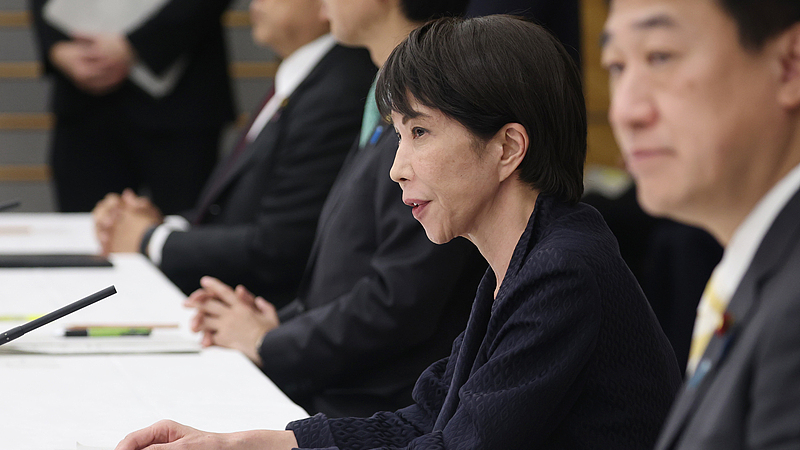On Thursday, November 27, at the Spatial Computing Summit 2025 in Ningbo, Zhejiang Province in the Chinese mainland, GravityXR Electronics and Technology Co. Ltd. unveiled three cutting-edge chips set to redefine how we navigate 3D digital worlds. Spatial computing—using spatial data and 3D algorithms—lets you mash up virtual and real environments via XR (extended reality) devices, robots, smart vehicles and virtual assistants.
As Cui Ping, director of Yongjiang Laboratory, explained, the magic of spatial computing lies in teaching digital systems to understand space. By mastering three functions—environmental perception, virtual-real integration and natural interaction—data breaks free from tiny screens and blends into our surroundings like… well, air. 🌬️
Here’s the tech lineup from GravityXR:
- G-X100: A high-performance MR processor with ultra-low latency, tackling motion sickness so your virtual adventures stay smooth.
- G-VX100: So compact it can slip into everyday eyeglass frames, opening doors to sleek AI glasses and lightweight wearables.
- G-EB100: A rendering and display specialist that boosts MR visuals and powers expressive robots with realistic facial animations.
Whether you’re dreaming of roaming Bali’s temples in VR or using AI glasses to translate street signs on the go, these chips are building blocks for the future. Experts at the summit noted that with rapid advances in core tech, the Chinese mainland’s spatial computing industry is gearing up for major growth in the next few years. 📈
Keep an eye out—this space is heating up fast, and your next groundbreaking gadget might just be powered by one of these chips!
Reference(s):
Chinese company reveals three new chips to power spatial computing
cgtn.com




